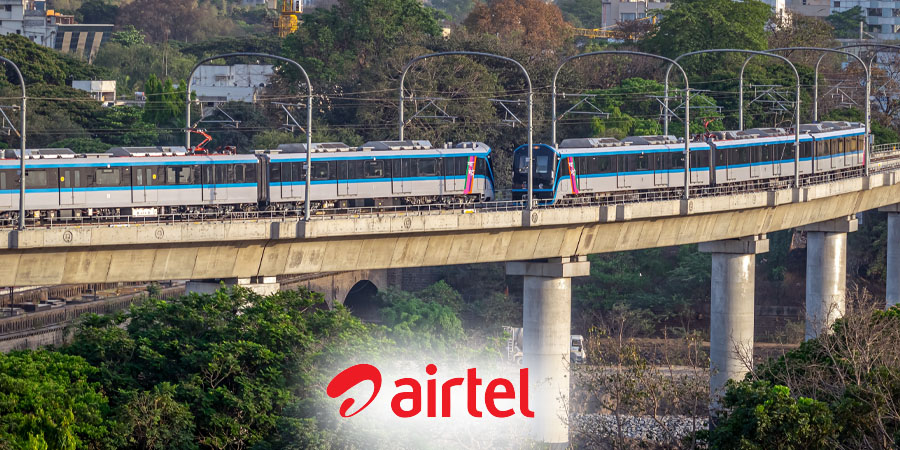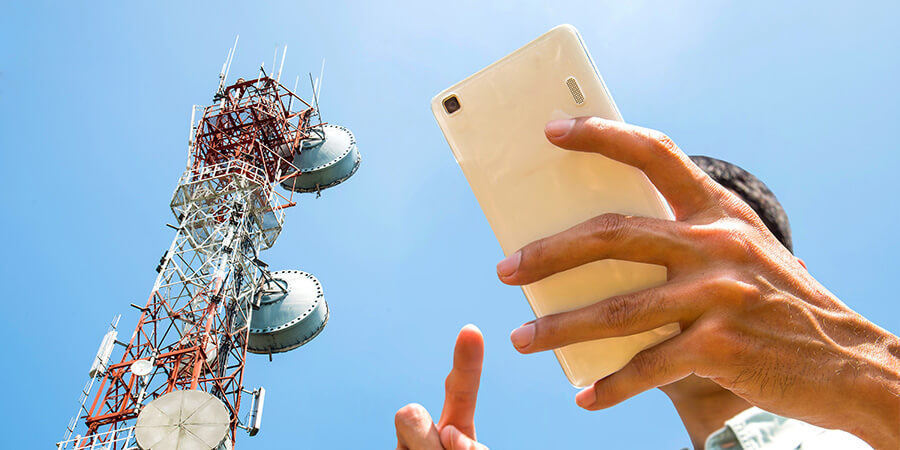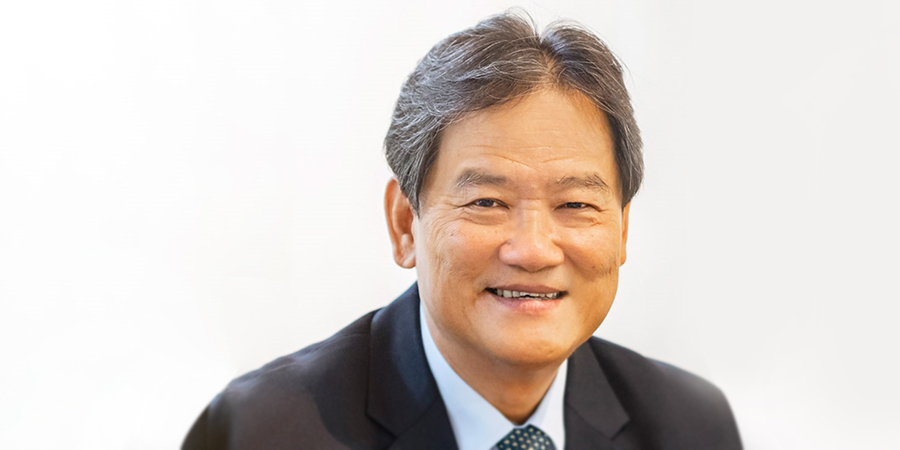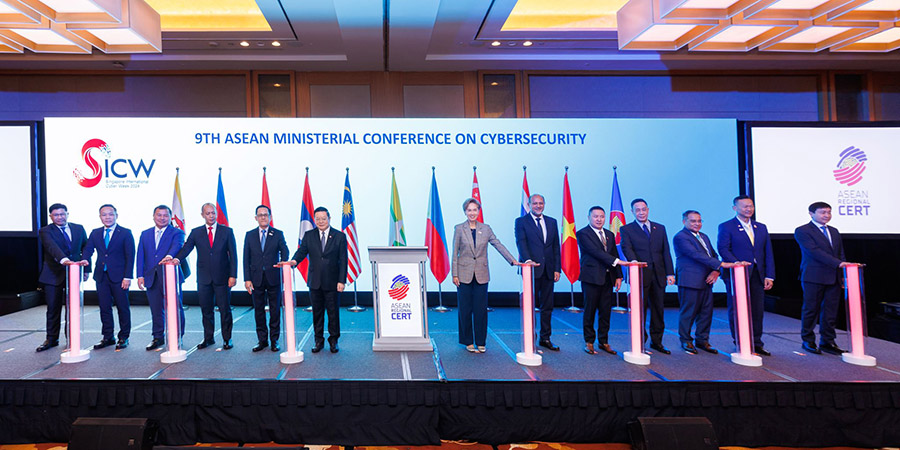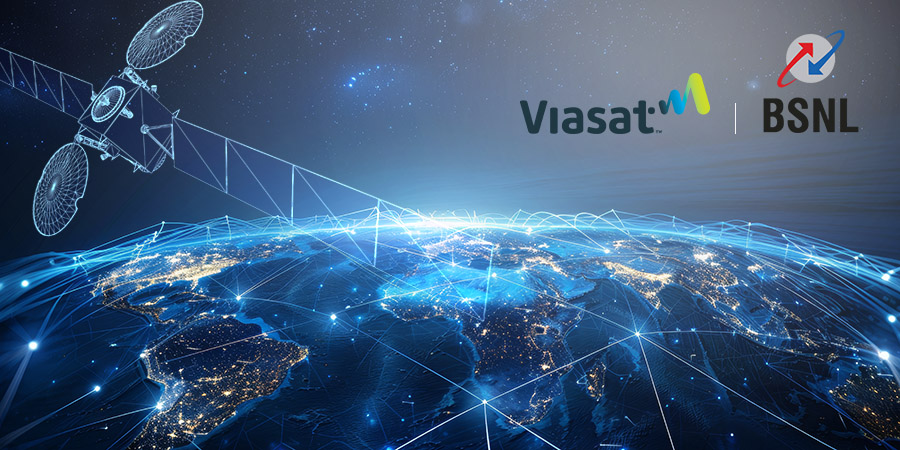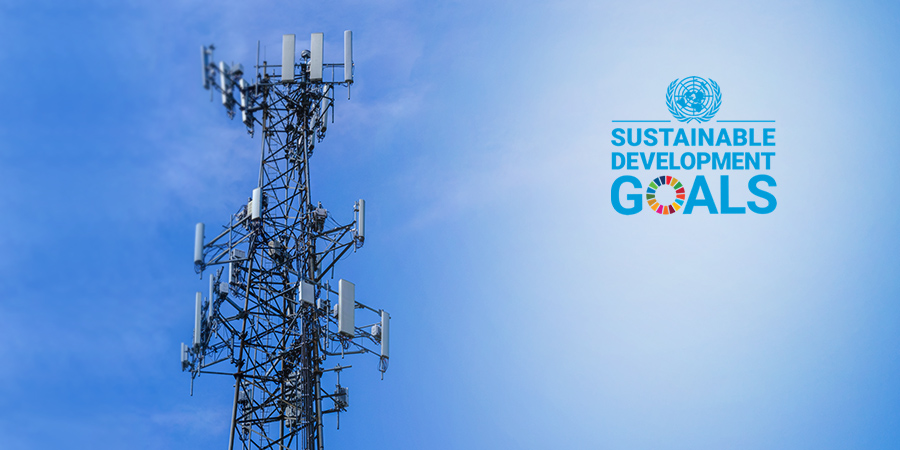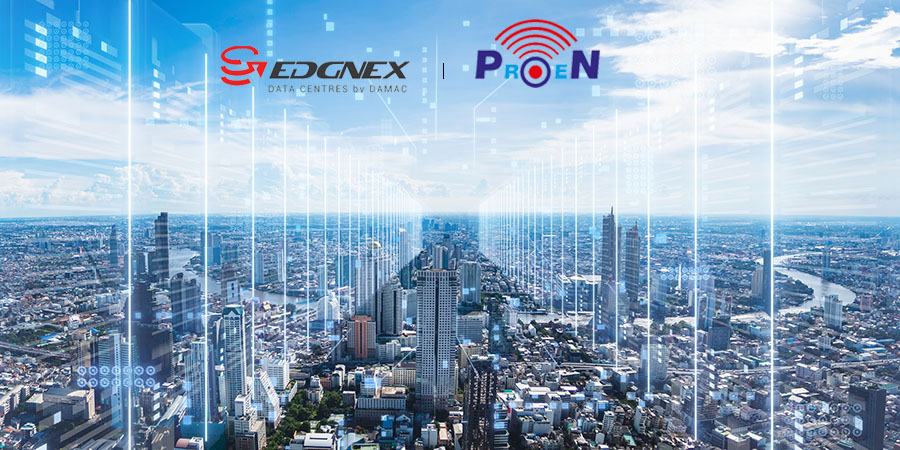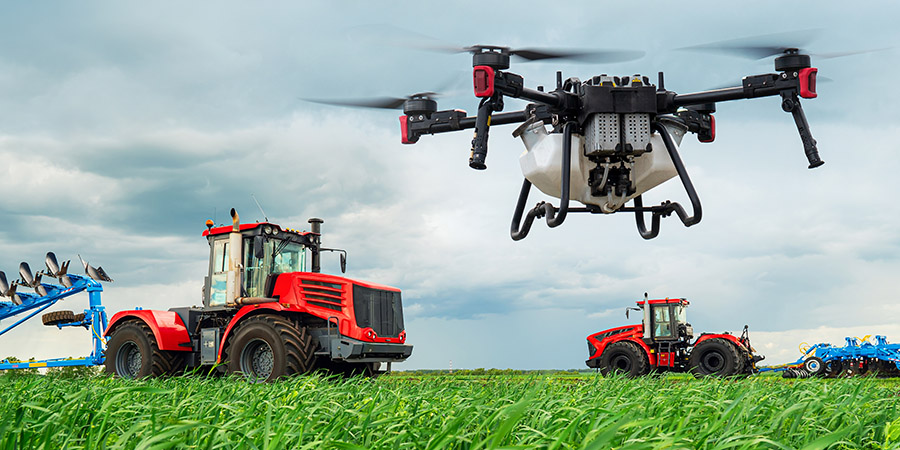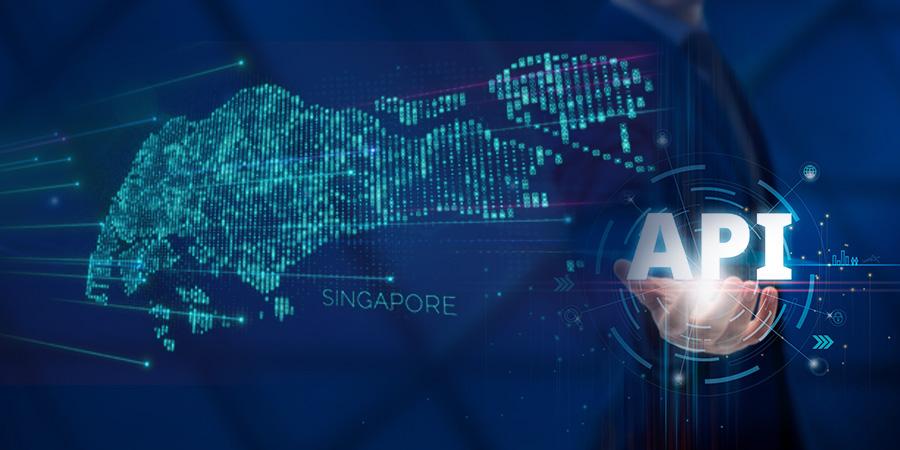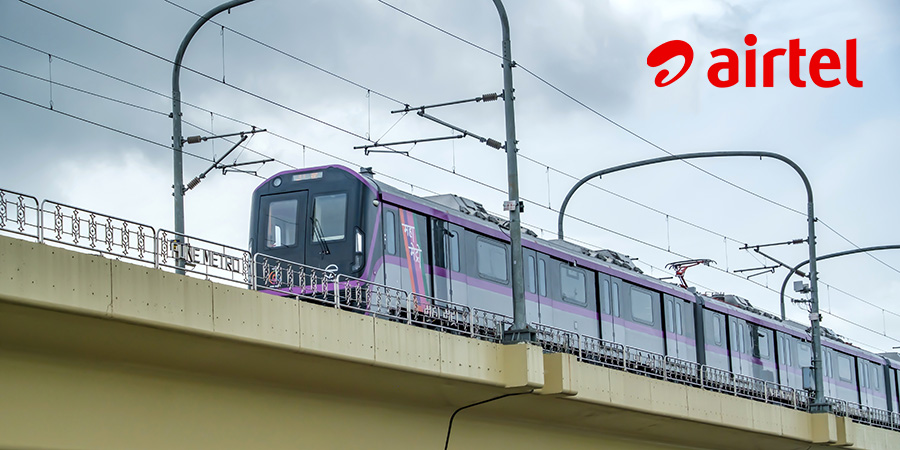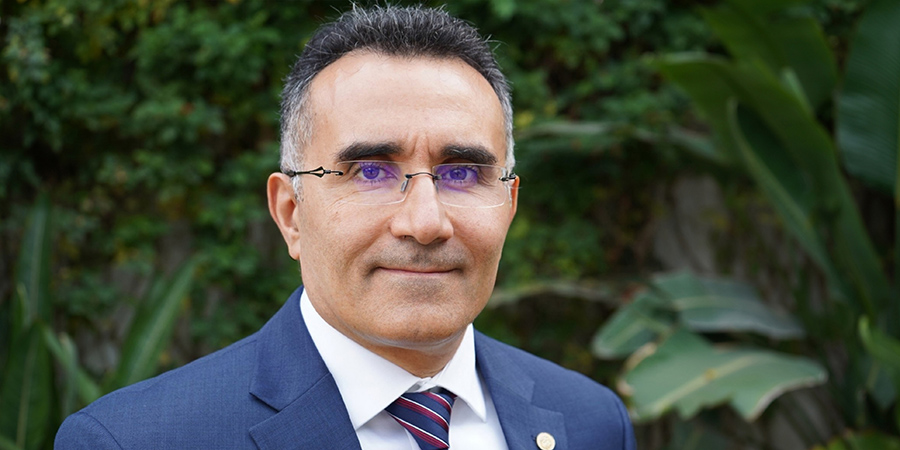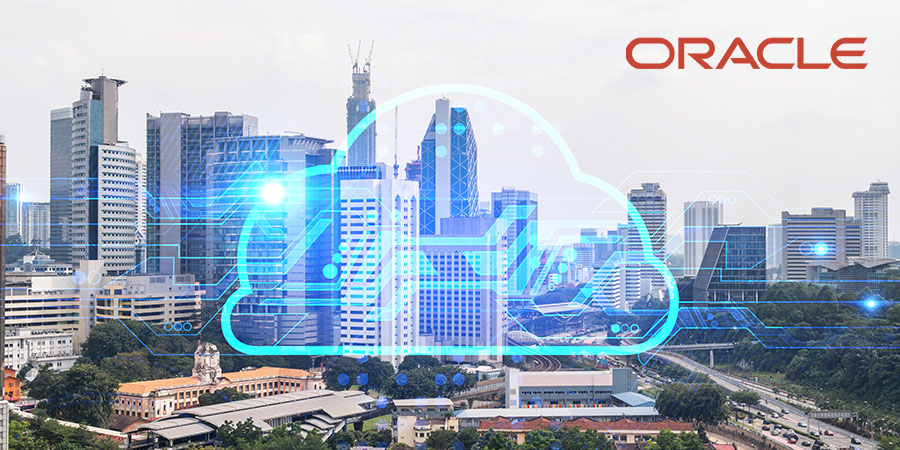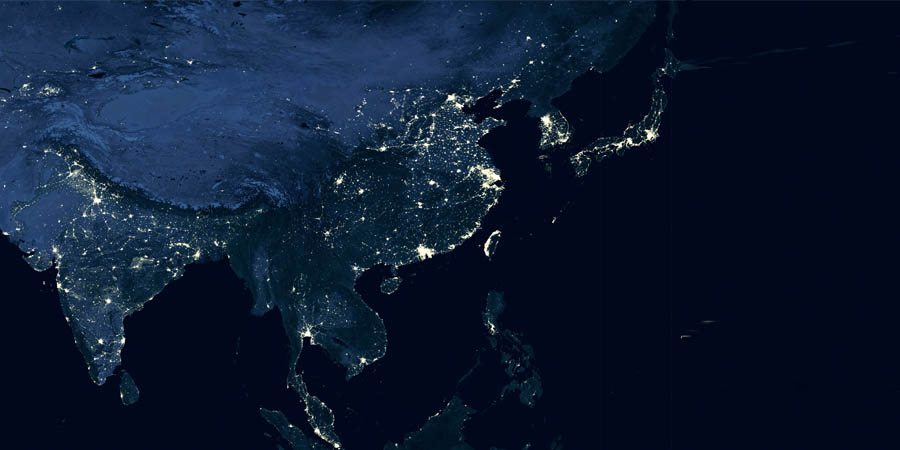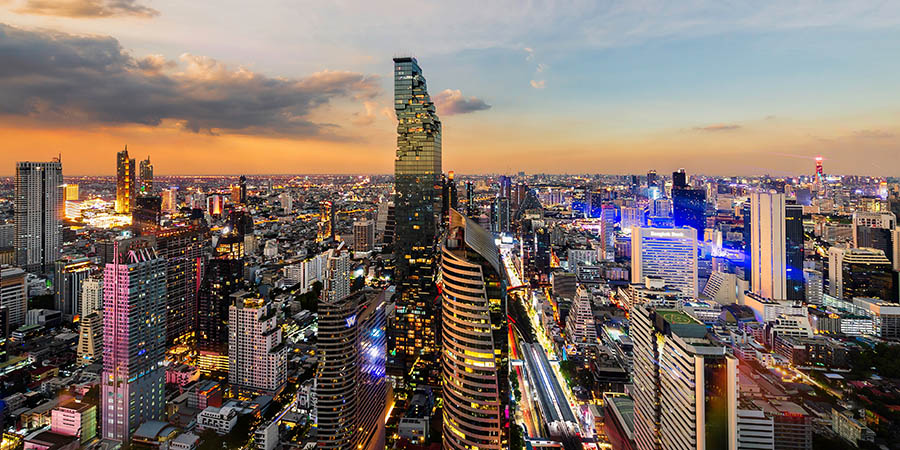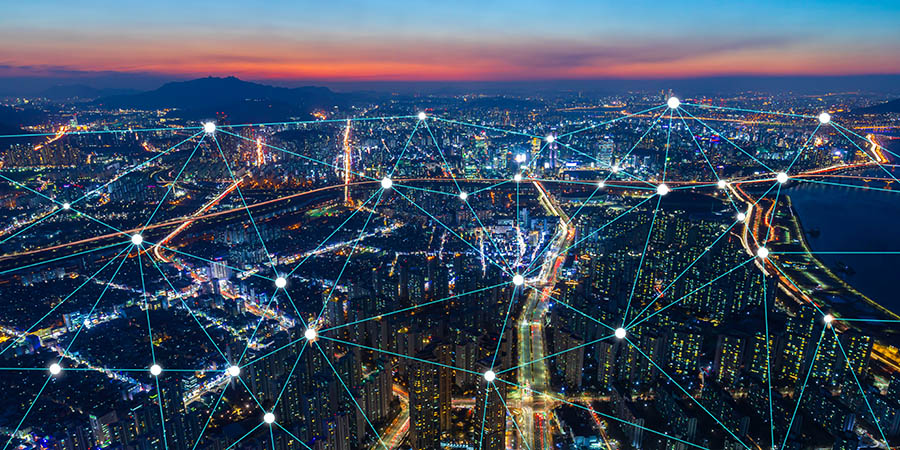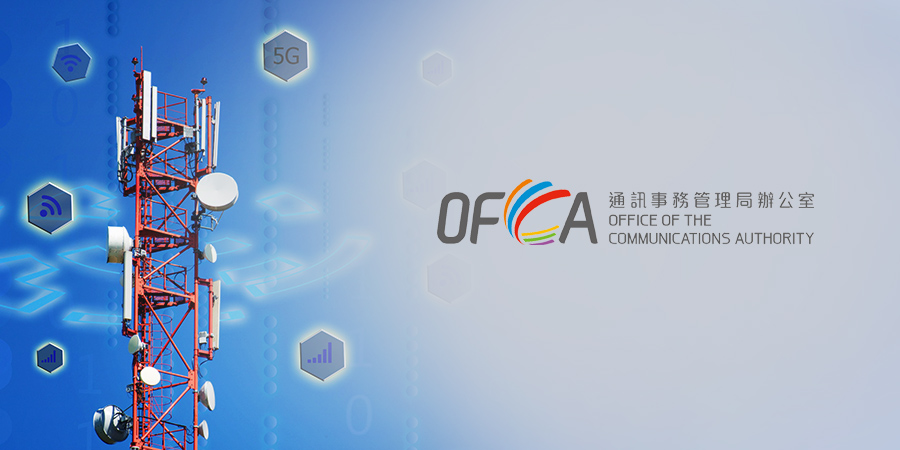The Philippine government is launching a new project to expand fiber broadband coverage nationwide. However, analyst firm, BMI Country Risk & Industry Research, warns that simply deploying more lines won't increase connectivity if the services remain too costly.
The National Economic and Development Authority (NEDA) recently approved the Philippine Digital Infrastructure Project (PDIP) to enhance fiber broadband infrastructure, especially in remote areas.
Latest Network News: PLDT, Nokia Sign MoU for 5G Private Wireless Networks in Philippines
The project involves constructing backbone, middle-mile, and last-mile FTTx networks, along with network security and project management. The estimated cost of the project is PHP 16.1 billion (around USD 274.4 million) and will be funded by loans from the World Bank.
Despite the positive initiative, a report from Fitch Group's BMI indicates that the success of the project in increasing internet access in the Philippines will depend on making services more affordable.
Related: Philippines Sees 1.38% GDP Boost Attributable to USD 288M Digital Infrastructure Project
BMI predicts that the number of fiber connections in the country will only grow from 1.58 million this year to 1.83 million by 2033 due to high costs, especially in the archipelagic nation. Most of the growth is expected in metro and suburban areas, driven by efforts from major providers like PLDT, Globe Telecom, and Converge ICT Solutions, which are offering budget-friendly fiber packages.
BMI suggests that the PDIP may incur limited impact unless it encourages network providers and ISPs to reduce prices, possibly through co-financing, last-mile area rollout. Notably, the World Bank reported that the Philippines has one of the priciest fixed broadband markets in ASEAN, with costs more than double the regional average.
Telecom Review Asia Exclusive Analysis: Data Privacy and Security Concerns in the Philippines Telecom Sector
Developing Industry News: Philippines Inaugurates Phase 1 of National Fiber Backbone Project



